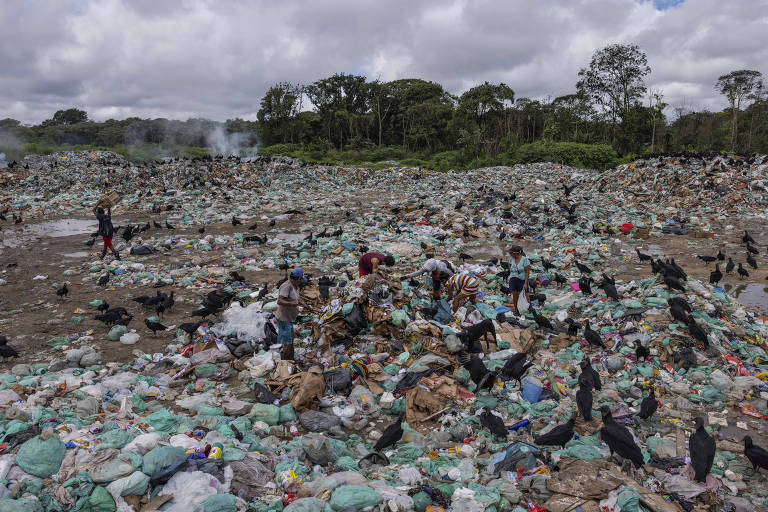Landfills Stain the Landscape in the Amazon
The landfill in Breves (Pará), the largest municipality in the Marajó archipelago, contaminates springs and wells in a city where a significant portion of the population does not have access to piped water.
Families living near the garbage dump, a bit further from the city's central part, have to rely on wells and may be consuming water with some level of contamination.
In Ananindeua (also in Pará), a city next to Belém, a landfill in a peripheral neighborhood used to receive domestic waste from the capital.

The site was closed to this type of material, but the landfill remains active and is the destination for construction debris, pruning material, and old furniture and sofas from the Amazonian capital that will host COP30 (the United Nations Climate Change Conference) in 2025.
The Amazon region has the highest number of landfills in Brazil, proportionally, and there is less household garbage collection.
These rudimentary structures are common in most municipalities and seem to be more resilient than in other parts of the country, occupying highly sensitive spaces to contamination, both in terms of biodiversity and water resources.
Read the article in the original language
O que você está lendo é [Landfills Stain the Landscape in the Amazon].Se você quiser saber mais detalhes, leia outros artigos deste site.










Wonderful comments